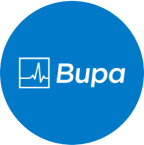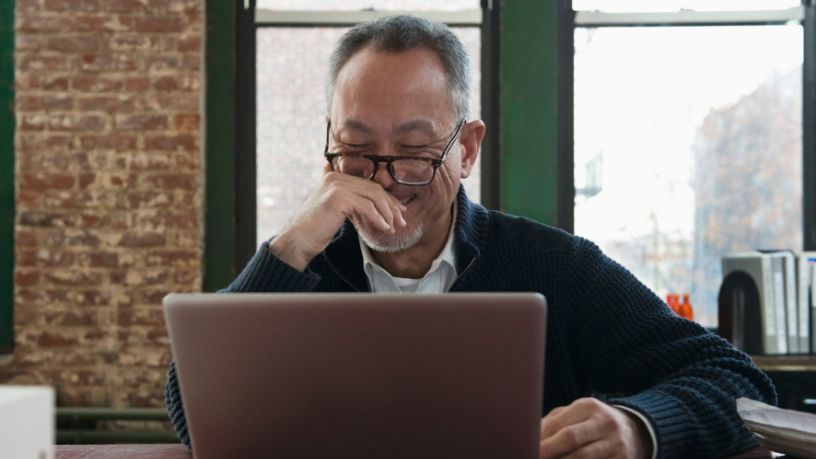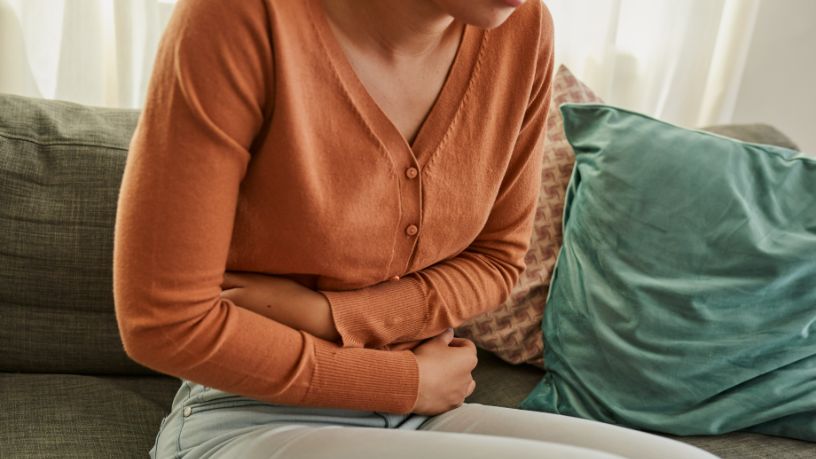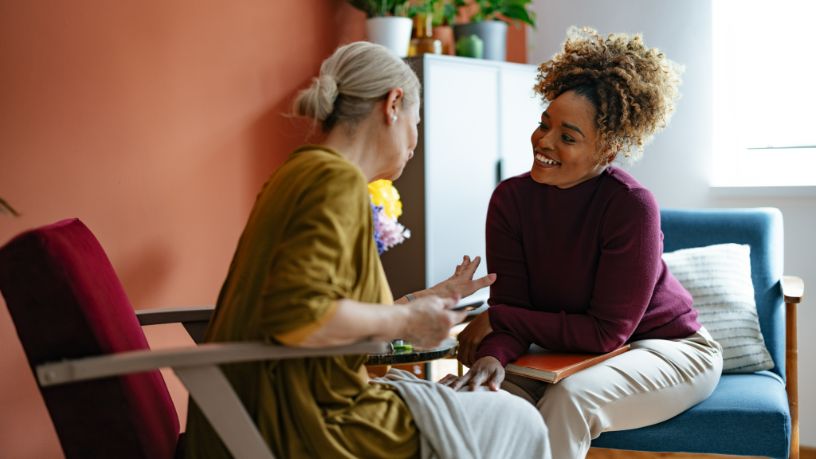A gastroscopy is a test to look inside the tube that carries food from your mouth to your stomach (oesophagus) and the first part of your small bowel (duodenum).
On this page
Key takeaways
The procedure may help you find out what’s causing symptoms like indigestion, nausea or difficulty with swallowing.
You can also have some types of treatment during a gastroscopy like removing a small growth or stuck items, or widening the oesophagus.
About gastroscopy
A gastroscopy is a type of endoscopy, a procedure which uses a narrow, flexible tube called an endoscope. This has a light at the end and a camera to allow a doctor or specialist nurse to see images of the inside of your body on a screen. Your doctor or nurse may take small samples of tissue (a biopsy) during the gastroscopy.
Preparing for a gastroscopy
A gastroscopy is usually done as day surgery in hospital. This means that you won't need to stay overnight. Before your gastroscopy, your hospital will give you information about what’s involved and how to prepare for the procedure. It’s important to follow this advice. If you don’t, it may not be possible to have the procedure.
Before coming to hospital
Your hospital team will tell you if you need to stop taking any regular medicines. Let them know if you’re taking medicines to thin your blood, including aspirin, clopidogrel and warfarin.1
Your doctor will tell you if you need to stop taking them for a while. If you continue to take them, you may still be able to have a gastroscopy. But you probably won’t be able to have a biopsy or a treatment procedure.2
On the day
Your stomach must be empty during your gastroscopy. This means you shouldn’t eat for 6 hours before. You may be able to have sips of water up to 2 hours before. It’s important to follow your hospital’s advice.
Tell your hospital team about any medicines you’re taking. This includes prescribed medicines and those you buy over the counter.
Your doctor or nurse will talk to you about what will happen before, during and after your procedure. A gastroscopy is performed under a general anaesthetic, so you’ll be completely asleep and comfortable during the procedure. You’ll need to have someone to take you home and keep an eye on you afterwards.
Gastroscopy procedure
The gastroscope is inserted into your mouth and as it passes down, your doctor will watch images on a nearby screen. They’ll be able to see your oesophagus, stomach and duodenum. They will pass some air down the gastroscope to inflate your stomach, so they can see better.
If needed, your treating team can pass special forceps down the gastroscope to take a biopsy (a small sample of tissue). They’ll send the samples to a laboratory to be tested.
You can have some treatments through the gastroscope.
Uses of gastroscopy
Your doctor may recommend you have a gastroscopy to find out why you’re having certain symptoms.3 These include:
- indigestion that doesn’t go away with treatment or that returns when you stop treatment (you may have acid reflux or discomfort in your upper tummy)
- difficulty when you swallow (food sticking in your oesophagus) or pain when you swallow
- pain in your chest or upper tummy
- being sick (vomiting) repeatedly
- vomiting blood or having very dark, tar-like blood in your poo.
A gastroscopy will help your doctor to confirm or rule out suspected medical conditions. These include:
- ulcers (in your oesophagus, stomach or first part of your small intestine)
- coeliac disease
- Barrett’s oesophagus
- cancer of the oesophagus or stomach cancer
- anaemia.
Your doctor can also use a gastroscopy to give certain treatments.1 These include:
- stopping bleeding
- removing small growths
- removing objects stuck in your throat,2 oesophagus or stomach
- widening your oesophagus if it has become narrowed.
Following a gastroscopy
You’ll need to rest in a recovery area until the effects of the anaesthetic have passed. After that, you’ll need someone to drive you home.
Before you leave the hospital, you’ll be given advice about your recovery. This will include what to do if you have any problems. It’s okay to ask questions if you have any concerns.
Your doctor may explain the findings of your gastroscopy to you before you leave. You may find it best to have a friend or family member there to listen as well, as the anaesthetic may affect your memory.
Ask your treating team how and when you’ll get your results. You may get a date for a follow-up appointment to discuss the findings in more detail. Your results will be sent as a report or in a letter to your GP and a copy of this should be given to you. It can take up to a week to get results from a biopsy if one was taken during your gastroscopy.
Going to hospital
Be informed. Read the 'going to hospital guide' before selecting your hospital.
Recovering from a gastroscopy
After your gastroscopy, you may have a slight sore throat, which can last for a few days. You may feel bloated and have some tummy discomfort for an hour or 2.
Most people have no problems after a gastroscopy. But seek medical attention immediately if you:
- cough up or vomit blood (which may look like coffee grounds)
- have blood in your poo or black tar-like poo
- have severe pain in your tummy or pain that gets worse
- have a raised temperature.
If you have any of these symptoms, tell the doctor you see that you have recently had a gastroscopy.
Complications of gastroscopy
Very few people have complications from a gastroscopy. When complications do happen, they may include:
- difficulty breathing or heart problems caused by a reaction to the anaesthetic
- bleeding from where a biopsy is taken or a small growth removed. This may stop on its own or you may need treatment in hospital to stop the bleeding
- damage or tears to your throat, oesophagus, stomach or duodenum. This is rare, but if it happens you may need an operation to repair the damage.
Complications are more likely if you’re having a treatment during your gastroscopy.
Ask your doctor how these risks might apply to you.
Resources
Look at the Gastroenterologist Society of Australia’s patient resources for information about bowel cancer prevention, colonoscopies, gastroscopies and more.
This article was originally published on bupa.co.uk and has been amended in line with Australian guidelines.

At Bupa, trust is everything
Our health and wellbeing information is regularly reviewed and maintained by a team of healthcare experts, to ensure its relevancy and accuracy. Everyone's health journey is unique and health outcomes vary from person to person.
This content is not a replacement for personalised and specific medical, healthcare, or other professional advice. If you have concerns about your health, see your doctor or other health professional.
1Yusuf, T. E. (2023). Esophagogastroduodenoscopy (EGD). Medscape.
2Gotfried, J. (2023). Endoscopy. MSD Manual.
3McLatchie, G. (2021). Upper gastrointestinal surgery. In Anil Agarwal, et al. (Eds), Oxford Handbook of Clinical Surgery, 365-404. Oxford Academic.
Ahlawat, R., Hoilat, G., Ross, A. B., & Hoilat A. R. (2023). Esophagogastroduodenoscopy (EGD). StatPearls Publishing.
Cancer Research UK. (2022). Gastroscopy. Cancer Research UK.
Knott, L. (2022). Upper gastrointestinal bleeding. Patient.
Royal College of Anaesthetists. (2021). Sedation explained. Royal College of Anaesthetists.
Yusuf, T. E. (2022). Esophagogastroduodenoscopy (EGD) Periprocedural Care. Medscape.
You might also like...
Colonoscopy
A colonoscopy is performed to investigate symptoms that affect your bowel. So, how does it work, and what should you expect if you’re having one?
What to expect when you have a gastroscopy
Are you having a gastroscopy? We speak to a gastroenterologist to answer common questions about this quick and simple procedure so you can be prepared.
Irritable bowel syndrome (IBS): The basics
IBS is a gut disorder that can include symptoms like diarrhoea, bloating and abdominal pain. Find out about the symptoms and how you can get diagnosed.
Do colon cleanses really work?
You may have heard about colon cleanses, but do they actually work? And how safe are they?





